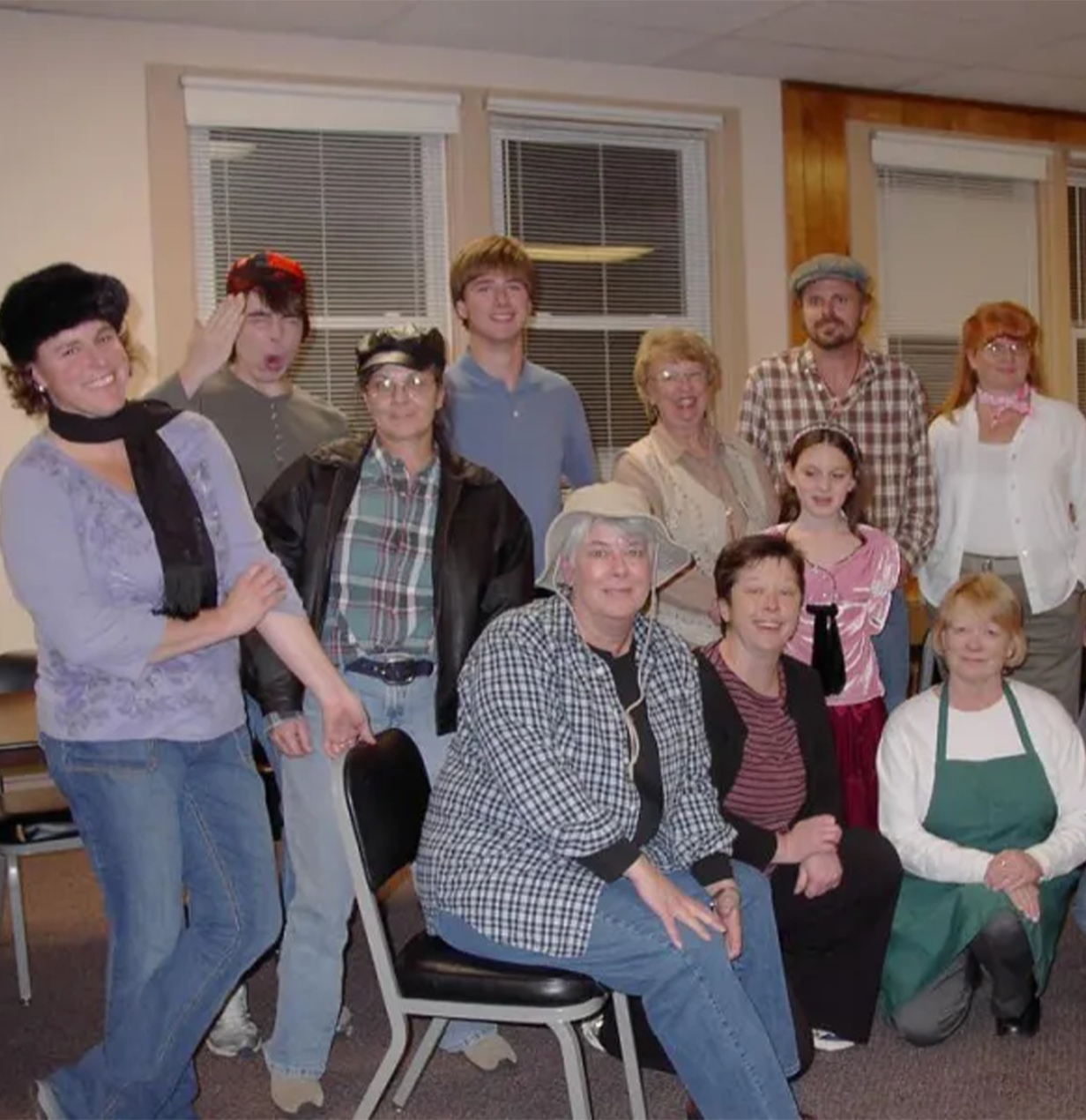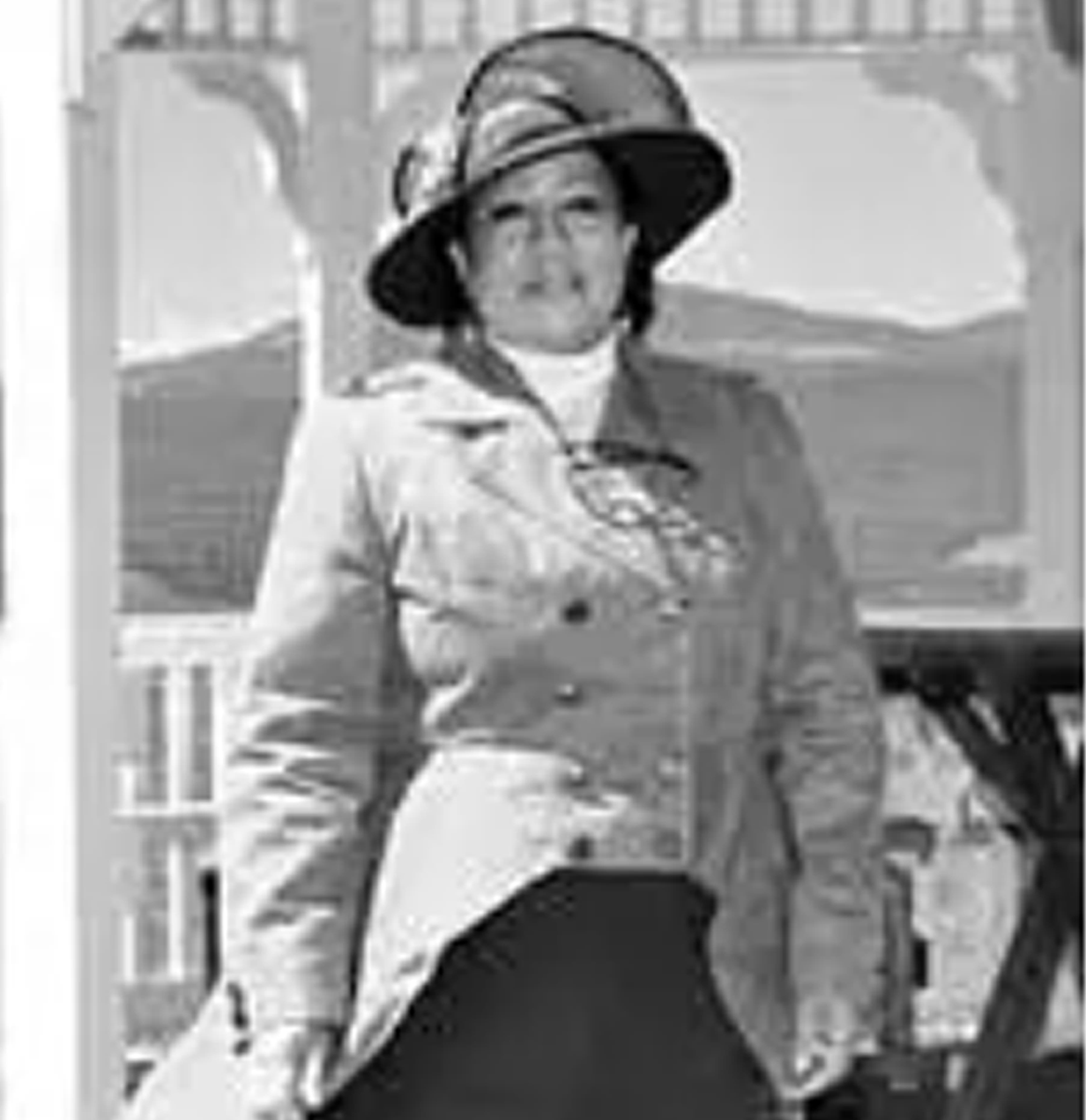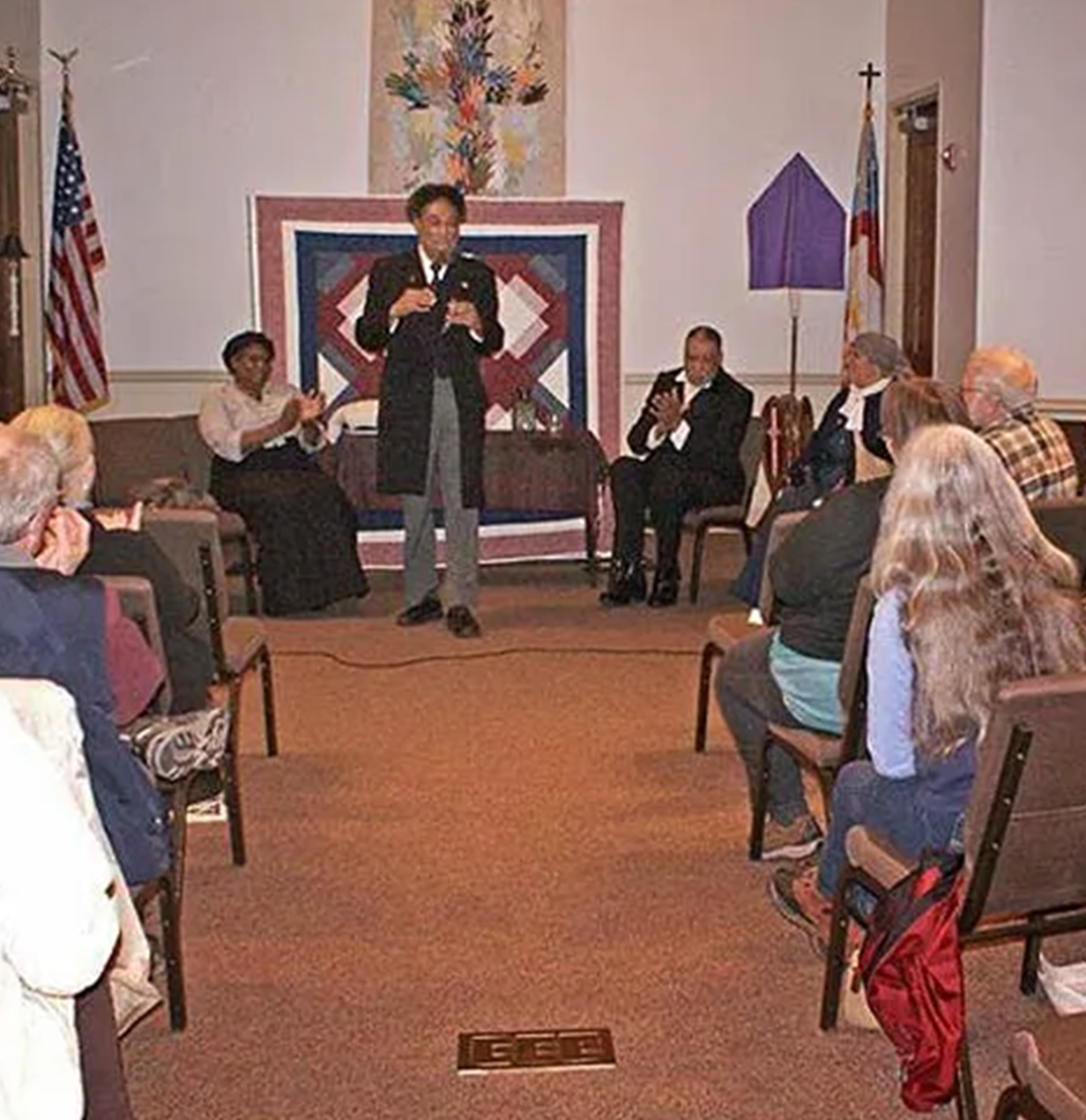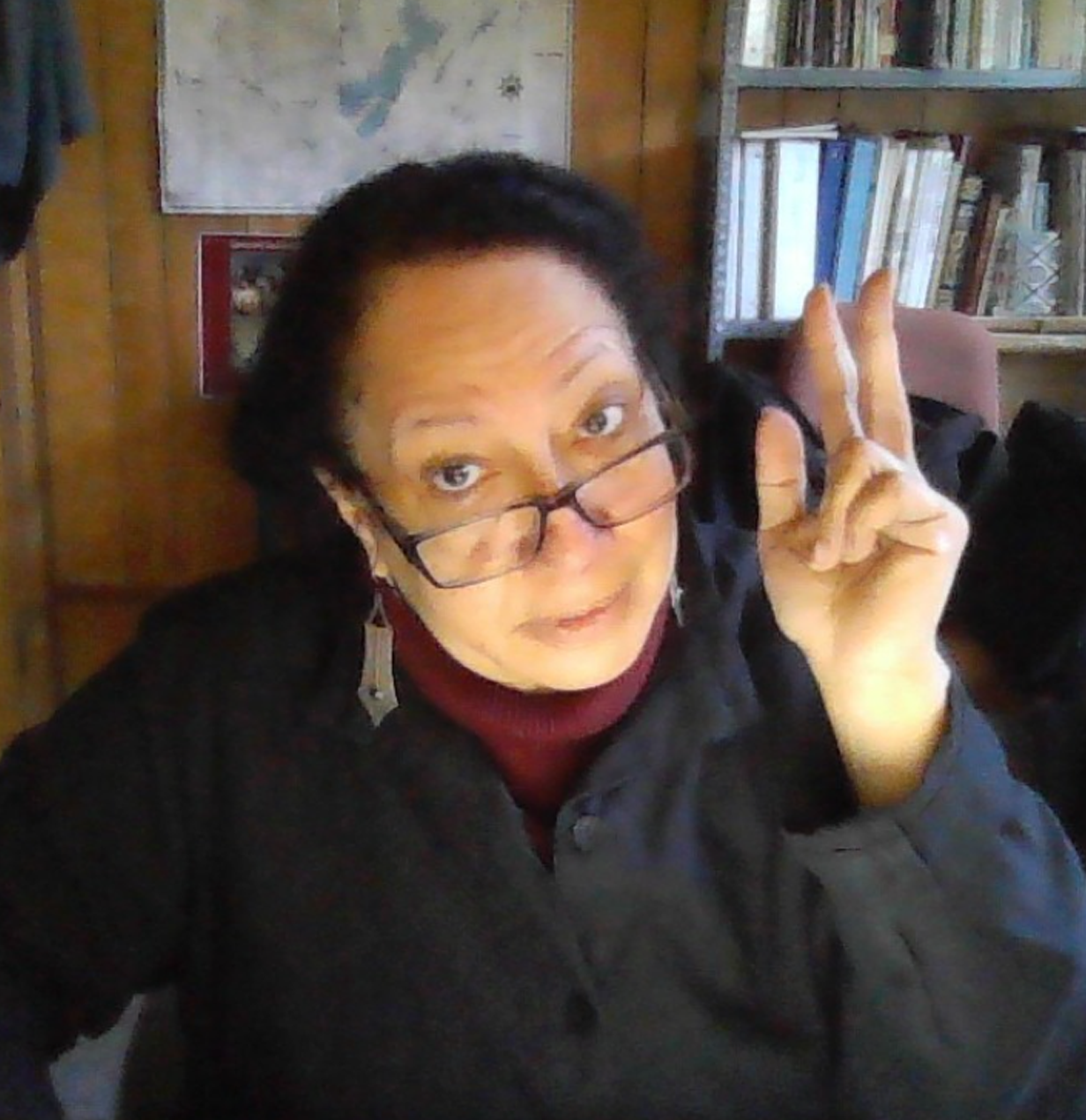Our Seminar Offerings





Puzzle At Port Royal: A Radical Rehearsal for the Racial and Economic Reconstruction of the South
The template for life after slavery was forged and evaluated in the course of this experiment by the U.S. Treasury department and the War Department; a military and civilian experiment in the free labor system in the most traditional and prosperous region of the deep south: Port Royal, South Carolina. The experiment lasted from 1861-1866 and had great impact on the conflicting ideals and practices in race relations to this very day.
This seminar reveals the complex journey of newly freed people in those early days of liberty including the first Freetown, Mitchelville, and the use of men of African descent in the military.
Our Proper Sphere: Women’s Changing Role in America During the Roaring Twenties
How did Bessie Coleman fit into her times? How did she challenge her times? What made her effective as a role model and leader for generations to come? This presentation examines the changing values expressed in the “Roaring” 20’s about women and their proper place in the world. The ideal of “True Womanhood” and the “Cult of Domesticity” were held up as a standard for the new world family of the Victorian Age. Aviatrix, Bessie Coleman followed in a line of women who dared to redefine the ideals of true womanhood on their own terms, based on a sense of the connection of the family of all mankind and racial equality. They sought a world that practiced a kind of radical inclusion – one that included them and all their children.
A Separate Cinema: Early African American Films and FilmMakers
In the 1930’s, it was this “separate cinema” of Black independent filmmakers which provided mass entertainment for Black audiences by “creating stories with distinct cultural references and by dramatizing worlds in which African-American heroes and heroines were depicted as vital, ambitious, and assertive protagonists.” (Lupack) Hundreds of movies were made for the local segregated cinemas featuring all colored casts for their clientele. There were gangsters, cowboys, and detectives as well as steamy romances, morality and religious films, and even horror. own to southern audiences. Many films never even played in the South.
Harlem Renaissance through the Eyes of its Artists and Poets
This multimedia presentation is a reflection of the visual and literary artistic voices from the Harlem Renaissance that still resonate today.
In 2011, I made a pilgrimage to Harlem, New York to find its heart and soul. Harlem played an important part of my journey as a storyteller with African and African American roots. What would I find? Would the colors still shimmer, would the rhythmic echoes still ring when I passed the places on the streets where the giants used to hang out? During my college years I dove into the language and literature of our greatest storytellers ever! – Langston Hughes’ Simple stories, Zora Neal Hurston’s anthology of folks and folktales: Mules and Men, Georgia Douglas Johnson’s poetry: “I want to die while you love me…” just to name a few. Was the Harlem Renaissance a point in time when the seed of who we are as a people found a little water and a tiny bit of sun and took to blooming. I wondered if I would find any of Old Harlem in today’s Harlem? Would Harlem still be the iconic home place for Black culture and art in the Modern World. Oh, Yes. The sounds of the poets were still ringing in the people living there today. Harlem remains a vibrant refuge for culture, art, and community.
Growing up in the 1920’s: African American Expressive Art in Dances, Stories, Games and Songs
A fun interactive workshop for young and old alike. Growing up in the 1920’s was full of dances, songs, games, riddles, rhymes and the history of these art forms in carrying the life survival skills that continue to enrich American culture and life today.

